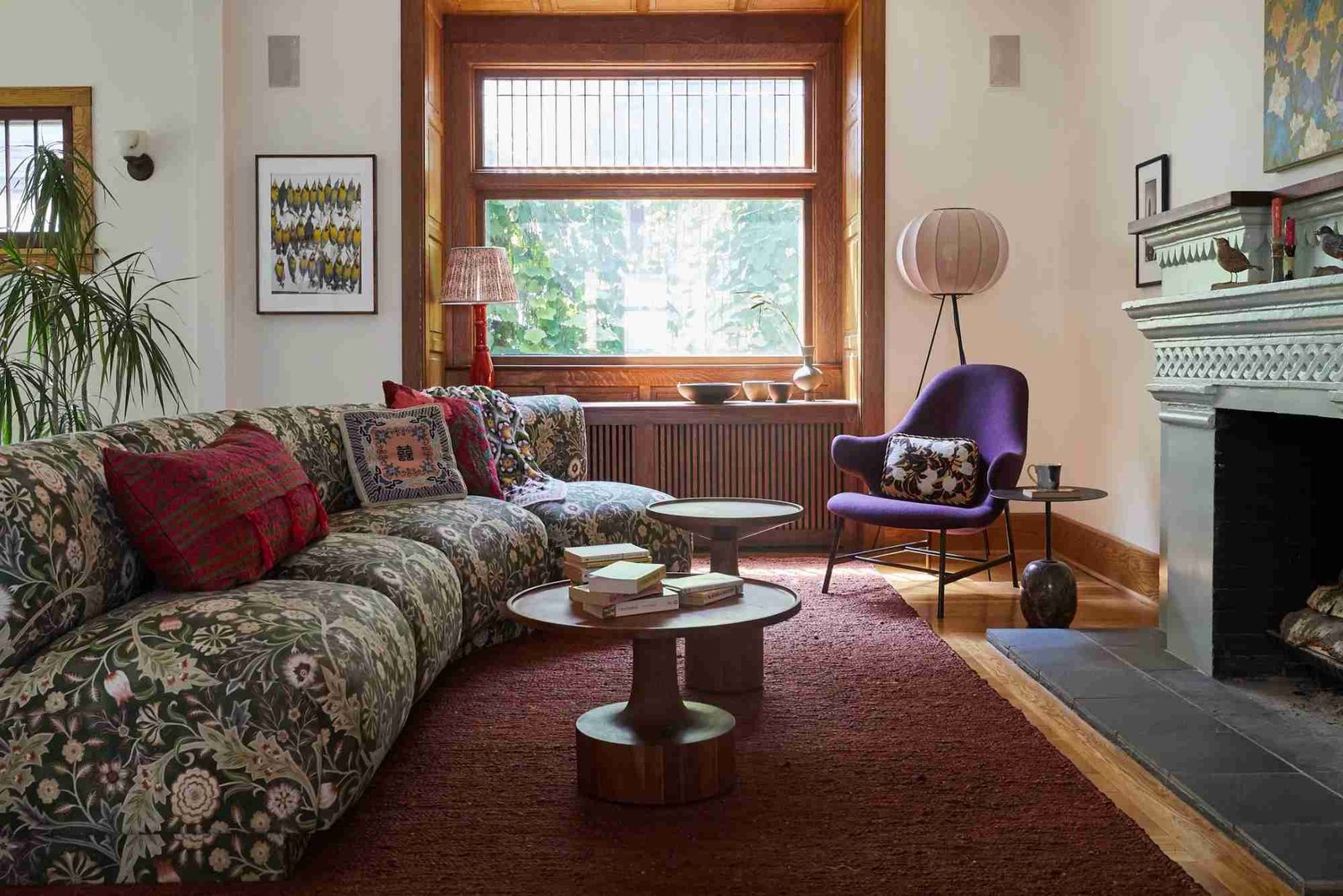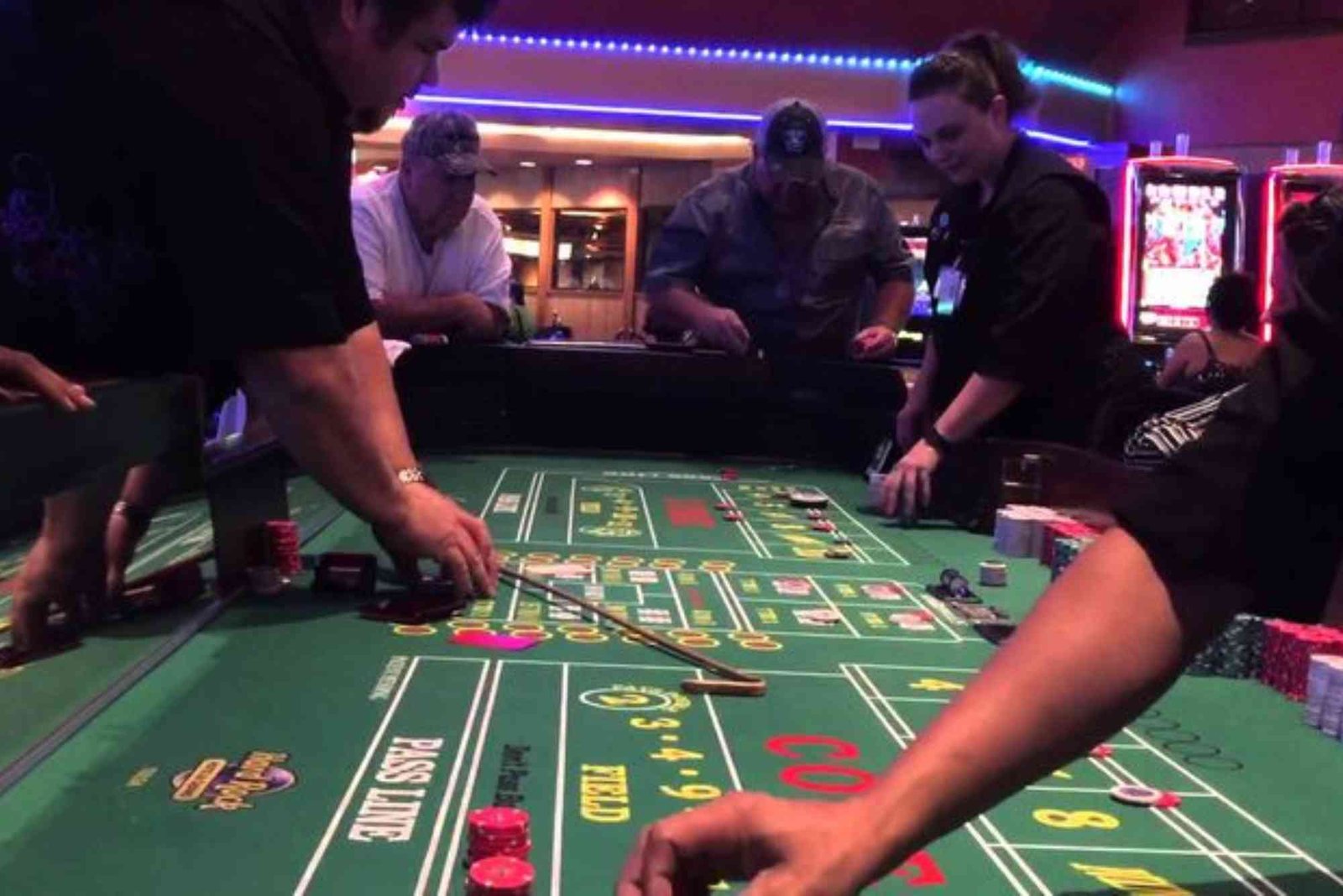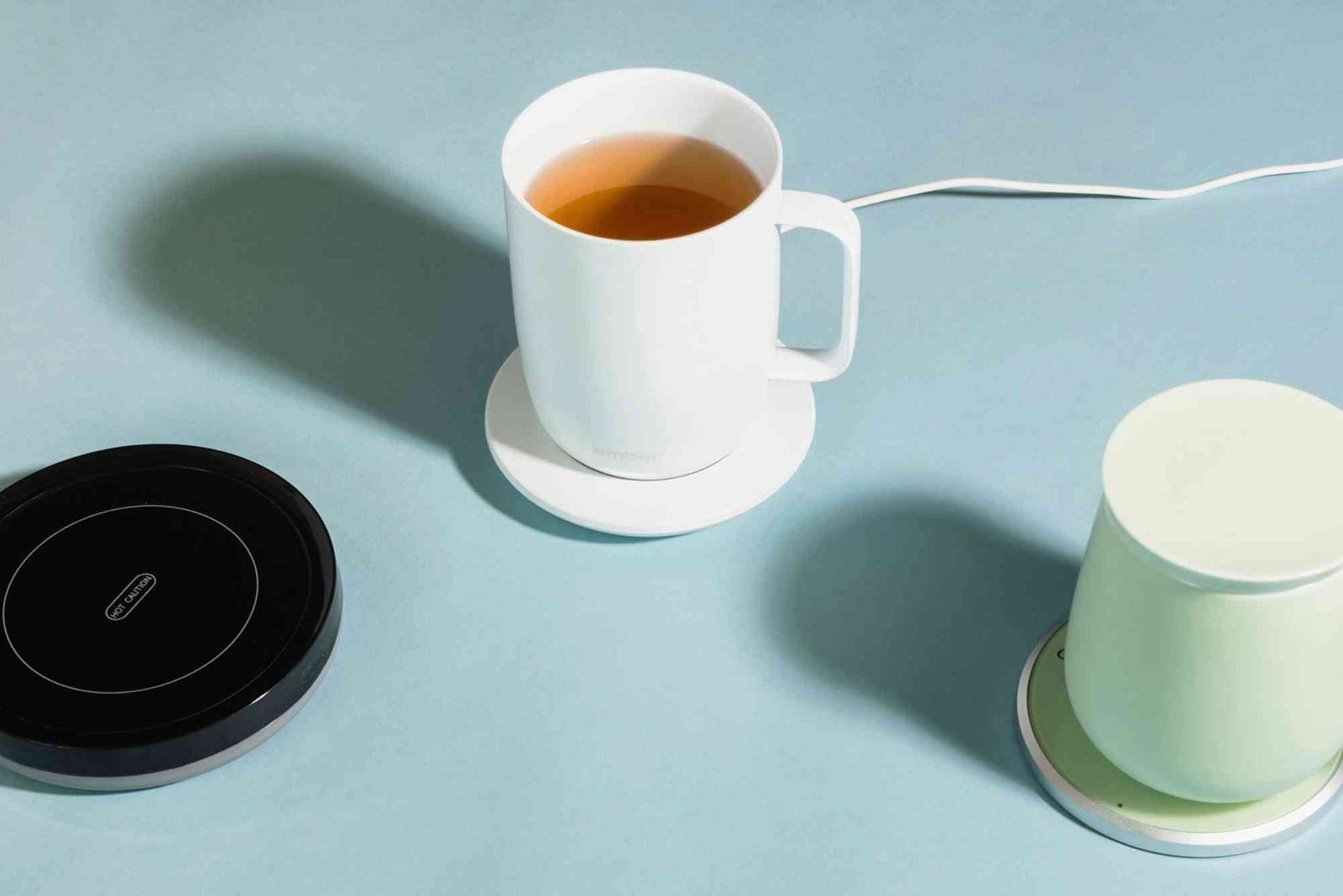Introduction
The allure of the Tropical Living Room 1989 Style lies in its bold yet balanced approach to interior design. This classic era brought together natural materials, vibrant colors, and exotic motifs to create spaces that felt alive, inviting, and effortlessly elegant. While the late 1980s were known for excess in fashion and pop culture, tropical-inspired interiors managed to find harmony between comfort and vibrancy. Today, this nostalgic style is making a comeback as homeowners seek a design that feels both warm and timeless.
In this guide, we’ll explore how the Tropical Living Room 1989 Style defined a design generation, how to recreate it in your home, and why it continues to inspire designers around the world.
The Origin of the 1989 Tropical Aesthetic
The 1980s were a time of exploration in design. People were looking beyond traditional aesthetics and embracing influences from around the world. The tropical trend of 1989 was inspired by the natural beauty of coastal regions, particularly the Caribbean and the Pacific islands. Designers introduced bamboo furniture, rattan accents, wicker chairs, and bold floral patterns that echoed the beauty of tropical landscapes.
What made the 1989 tropical style special was its ability to merge vibrant color palettes with laid-back coastal energy. It wasn’t just about palm prints—it was about creating a full sensory experience that made the living room feel like an escape to paradise.
Key Elements of Tropical Living Room 1989 Style
Natural Materials and Textures
The Tropical Living Room 1989 Style relied heavily on organic materials. Furniture made of bamboo, rattan, and wicker was the cornerstone of this look. These materials added a breezy, natural touch to interiors, while wooden accents and woven fabrics brought warmth and authenticity.
To recreate this atmosphere today, consider integrating rattan coffee tables, wicker baskets, or cane-backed chairs. These textures naturally invite relaxation and mirror the easygoing lifestyle of the tropics.
Bold Patterns and Tropical Prints
Floral prints, palm leaves, and large-scale botanical designs were dominant in 1989 living rooms. Wallpaper, upholstery, and even curtains featured lush patterns that celebrated the tropical outdoors. Think large hibiscus flowers, banana leaves, and birds of paradise motifs—each bringing life and color into the home.
These patterns worked best when balanced with neutral backdrops, allowing the vivid designs to stand out without overwhelming the room.
Earthy and Vibrant Color Palettes
Color was the soul of the Tropical Living Room 1989 Style. Designers favored shades of green, turquoise, coral, and beige. These hues captured the essence of sea and sand while maintaining the energy of tropical sunshine.
Walls were often painted in soft, warm tones like ivory or light tan, serving as a perfect base for vibrant décor. Accessories in teal, orange, and lime added the finishing touch, ensuring the room felt fresh and dynamic.
Indoor Plants and Greenery
No tropical-inspired living room would be complete without lush greenery. In 1989, homeowners filled their spaces with ferns, palms, and monstera plants. These not only added visual texture but also improved air quality and mood.
Today, houseplants remain essential for recreating this style. A tall areca palm or fiddle-leaf fig instantly evokes that nostalgic tropical atmosphere.
Artistic Accents and Cultural Touches
The Tropical Living Room 1989 Style often included art pieces inspired by island life. Think of seascapes, wooden sculptures, woven wall hangings, and tropical bird paintings. These elements added personality and told a story of travel, nature, and culture.
A handcrafted ceramic vase or a bamboo-framed mirror can subtly tie your room back to this iconic era.
Recreating the 1989 Tropical Living Room in Modern Homes
Bringing back this vintage style doesn’t mean making your home look outdated. With thoughtful design choices, the 1989 tropical aesthetic can feel refreshingly modern.
Start with a foundation of natural textures—like jute rugs or rattan furniture—then layer in color through cushions, wall art, and decorative accents. Lighting is also crucial. Warm, diffused lighting from wicker lampshades or pendant lights helps capture that cozy tropical glow.
If you’re inspired by nostalgia, consider exploring 1989s Tropical Living Room designs that mix contemporary furniture with retro accents. You can check out creative interior design influences and even explore connections to craftsmanship in categories like Related Metal Detectors article for inspiration on how design evolves through materials and history.
The Return of Retro-Tropical Design
Design trends often come full circle, and the tropical look of 1989 is no exception. With sustainability and biophilic design gaining popularity, this vintage aesthetic feels more relevant than ever. People crave warmth, comfort, and nature in their homes—values that perfectly align with tropical interiors.
In 2025, the revival of the 1989 tropical living room is marked by eco-conscious materials, modern furniture silhouettes, and smarter use of space. What was once considered “retro” now feels sophisticated and purposeful.
Styling Tips for Your Tropical Living Room
Mix Old and New Elements
Blend vintage tropical décor with modern minimalist touches. For example, pair a bamboo coffee table with a sleek white sofa or place a mid-century armchair beside a woven jute rug. This fusion keeps the look fresh and timeless.
Embrace Natural Light
Tropical interiors thrive in natural light. Use sheer curtains or light-filtering blinds to let the sunlight pour in. Large windows and open layouts enhance the airy, tropical feel.
Incorporate Ocean-Inspired Décor
Add subtle references to the sea—such as coral sculptures, driftwood accents, or seashell trays. These details reinforce the tropical story without feeling overly themed.
Choose Sustainable Materials
The original 1989 style emphasized craftsmanship and nature. Today, you can elevate this ethos by choosing sustainable décor options. Furniture made from reclaimed wood, eco-friendly fabrics, or recycled materials honors the planet while keeping the style authentic.
Create a Relaxing Ambience
To truly embody the Tropical Living Room 1989 Style, focus on the mood. Use gentle background music, natural scents like coconut or jasmine, and cozy lighting to build a serene atmosphere.
The Psychology Behind the Tropical Aesthetic
The appeal of tropical design goes beyond appearance—it’s emotional. The colors and textures evoke feelings of warmth, freedom, and joy. Greenery connects us to nature, which can reduce stress and improve well-being.
During the late 1980s, this style represented optimism and escape. In modern times, it continues to provide comfort and serenity amid our fast-paced lives.
Why the 1989 Style Still Matters
The Tropical Living Room 1989 Style symbolizes an era when design embraced creativity and comfort. It wasn’t about perfection—it was about creating an environment where people felt happy and alive. This spirit resonates today as more designers turn toward nostalgic aesthetics with modern functionality.
From the craftsmanship of bamboo furniture to the artful blend of patterns and colors, the tropical design of 1989 remains a timeless example of balance between human creativity and natural beauty. To discover how style connects across industries and craftsmanship, you can Learn more about design influences through historical and cultural research.
Bring Paradise Home
Recreating the Tropical Living Room 1989 Style isn’t just about design—it’s about lifestyle. It’s a celebration of nature, relaxation, and vibrant self-expression. Whether you’re redesigning your entire living space or just adding subtle tropical accents, this aesthetic transforms any home into a warm, inviting sanctuary.
By incorporating natural materials, lush plants, and vintage-inspired décor, you can enjoy the timeless beauty of this retro style while giving it a modern twist. So go ahead—bring the paradise of 1989 back into your living room today.
If you’re ready to explore design inspirations that connect creativity and craftsmanship, visit 1989s Tropical Living Room to find more ideas that blend nostalgia with modern elegance.
FAQs
What colors define the Tropical Living Room 1989 Style?
The main colors include shades of green, turquoise, coral, and beige. These tones mimic the natural beauty of tropical beaches and forests.
What materials were popular in 1989 tropical interiors?
Designers used rattan, wicker, bamboo, and jute—natural materials that reflected organic and relaxed living.
How can I modernize the 1989 tropical look?
Use clean-lined furniture with tropical prints, incorporate sustainable materials, and keep accessories minimal for a refined modern version.
Are tropical living rooms expensive to create?
Not necessarily. Many tropical-style items, such as indoor plants, rattan furniture, or printed cushions, are affordable and easy to find.
Why is tropical design trending again?
Its emphasis on natural beauty, comfort, and sustainability aligns perfectly with modern lifestyle values.
The Tropical Living Room 1989 Style is more than décor—it’s an invitation to relax, dream, and live beautifully every day




